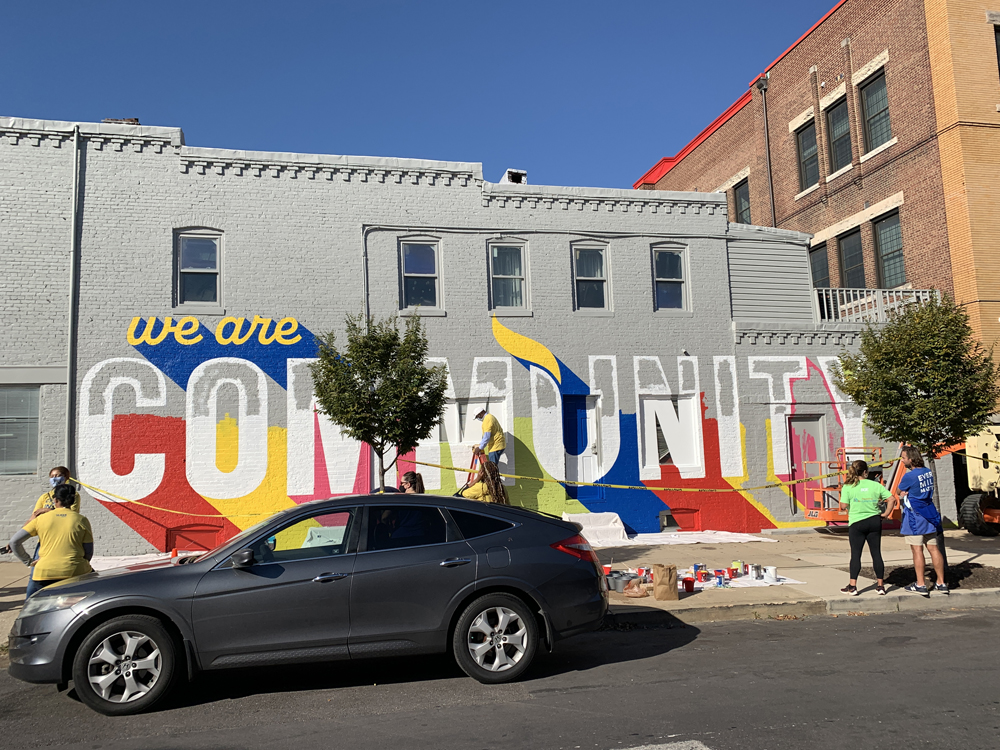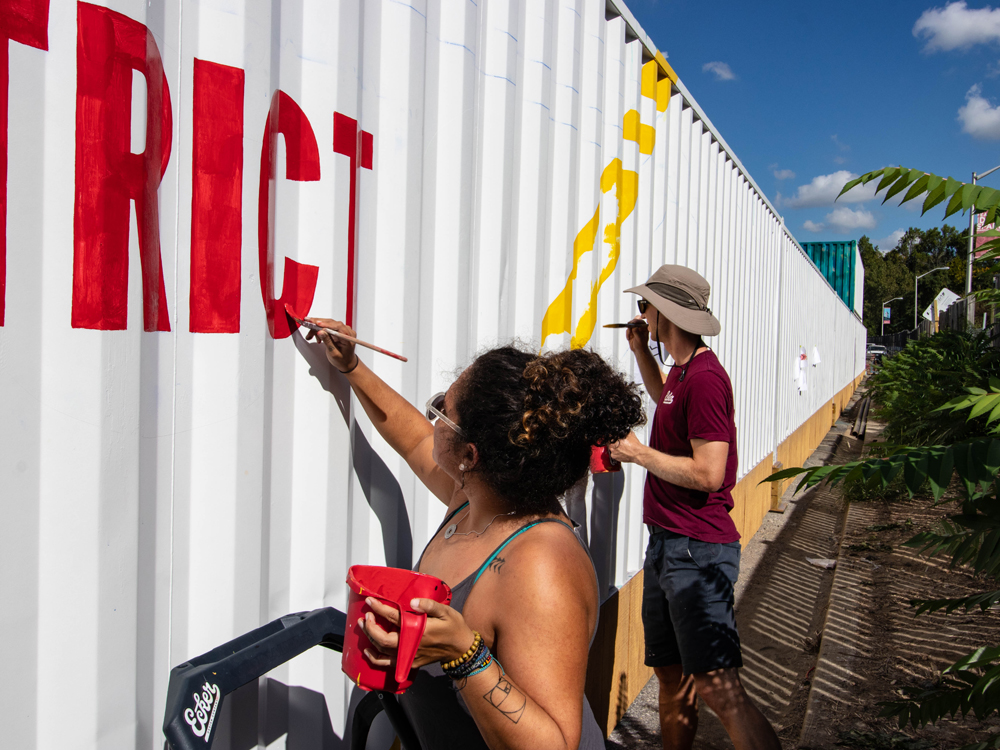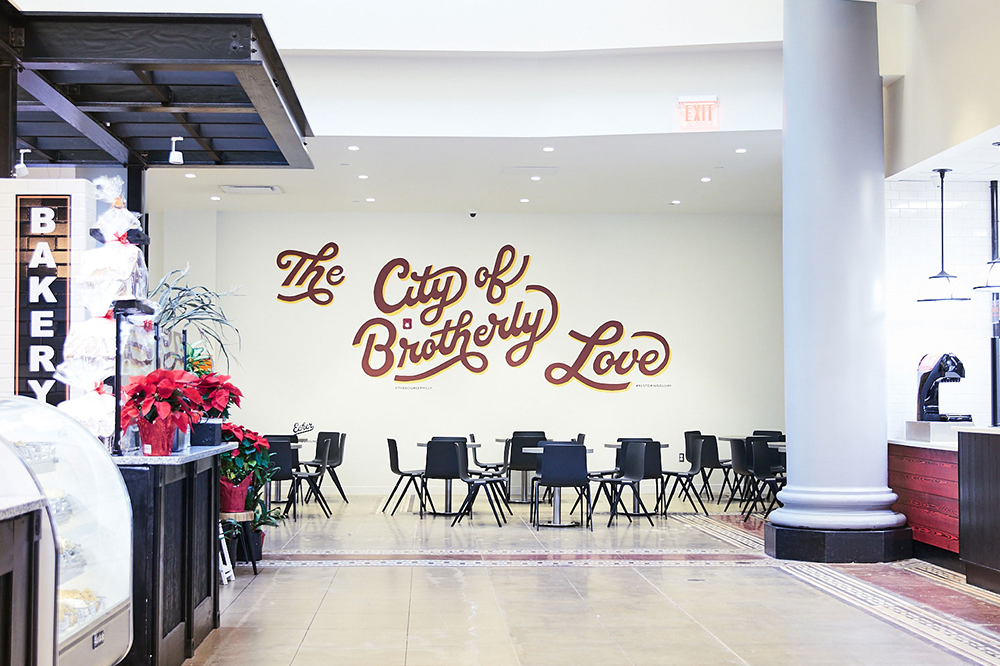
Are Murals Illegal?
You’re walking around town and you find yourself captivated by an enchanting mural along the side of the road. The bright colors, detailed imagery, and inspiring words have you stopped in your tracks. After admiring it for a minute, you stop to take a photo. Seeing the artwork has really uplifted your mood, but you wonder, “Isn’t it considered graffiti? Doesn’t that make it illegal?”
Are Murals Considered Graffiti?
It’s often assumed that murals and graffiti are the same things, but they are actually two distinct art forms with their own unique histories. While both murals and graffiti appear along public streets, they typically take on very different forms.
Graffiti is usually created using spray paint and often involves a process known as ‘tagging’ where the graffiti artist writes their name in a distinctive style that can be attributed solely to that artist. Graffiti is typically done without anyone’s permission and is considered an act of rebellion. It’s often used to mark territory, make a statement, or even advocate for a cause by marking a small area of a wall.
Because it is created without permission, graffiti is considered vandalism and it is illegal. In most places, a vandalism charge results in a misdemeanor, but in California, you could be charged with a felony if the property damage exceeds $400.
On the other hand, murals evolved out of the graffiti movement, but are not considered graffiti. They typically result in an entire wall being painted, rather than just parts of a wall, and they usually use other mediums beyond spray paint to cover the surface. Murals are commissioned by business owners, community organizations, and even cities, so they are primed when they are finished to prevent them from wearing away.
While murals can make statements or advocate for causes like graffiti art often does, they also serve to enhance the aesthetics of their environment and create pleasant or thought-provoking imagery that beautifies the streets they’re placed on. This beautification makes them seen as more valuable in the eyes of most citizens, and therefore they’re considered a boon to a city rather than a detriment like graffiti.
Is It Illegal to Install a Mural in My Community?
Although murals are typically adored by residents of an area, they too can result in a vandalism charge if they are completed without the permission of the property’s owner. The only thing that sets them apart from graffiti in terms of legality, is the fact that mural artists seek permission before beginning their masterpieces. With the property owner’s permission, painting a mural is completely legal.
Murals for Businesses
If you own a business and you’re looking to increase both your foot traffic and online traffic, adding a mural is a great idea. Businesses can greatly profit from the addition of murals. A custom mural can tell your story, share your values, highlight what makes your business unique, and encourage potential customers to take a closer look at what you offer. Consider reaching out to an expert muralist to discuss your goals and options.
Murals for Residences
If you own a residential property, either a commercial residential property or a home for yourself and your family, a mural can really give your property the upgrade it needs. Adding an outdoor mural to your back patio will impress friends and colleagues while also transforming the ambiance into something that’s uniquely you. Adding an indoor mural to a shared living space can make your residents feel right at home and encourage them to use those spaces more often.
Murals for Public Property
If you’re a city official or simply have ideas for beautifying your community, you can get permission from the City of San Diego and their Commission for Arts and Culture to place a mural on public property. If you are not representing the city itself, you will have to obtain liability insurance and funding for the mural. Working with a community organization can help with that. You’ll also have to conduct public outreach to ensure the local community is supportive and find a qualified artist to paint the mural.
Learn more about murals and their many uses at BoundlessWalls.com




